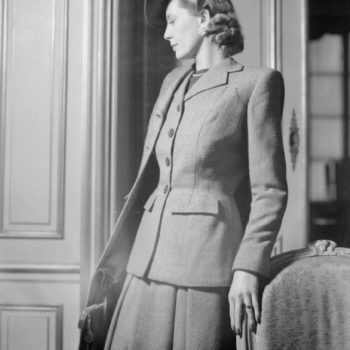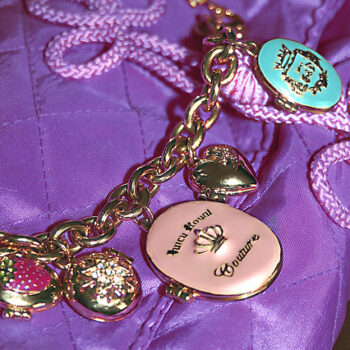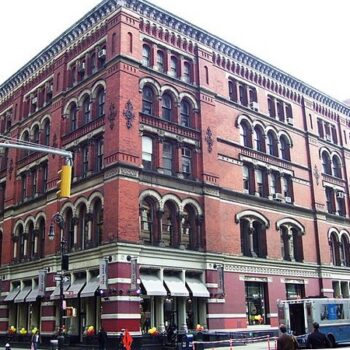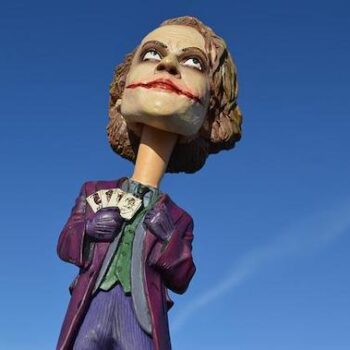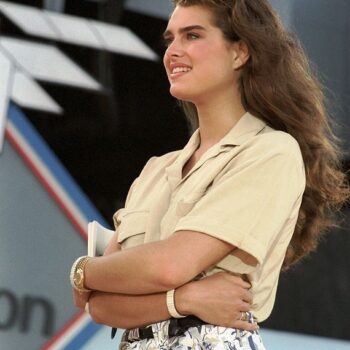Five Key trends In 2000s Fashion – the Internet! And other tech.
February 5, 2023The internet has become as mundane a tool for fashion shopping as a thick paper catalogue used to be in the 1980s. And as for artists, the world thrilled when designers live-streamed their catwalk shows during the pandemic or did away with the catwalk and created unusual presentations for their garments, presented online. But if you thought that was new and groundbreaking, imagine 20 years ago, when one of the most ground breaking Key trends In 2000s Fashion was called “The World-Wide Web”.
In 1998, Helmut Lang, always in the vanguard, presented a collection online. The internet was slow then, using dial-up. Large images often loaded incompletely, and moving images, not at all. That’s why GIFs were invented, as a series of very simple images forming a simple animation. Watching a clip of a model striding down the runway could be frustrating, so Lang also added a backup option, and sent fashion editors the images and videos as a CD-ROM. They were also invited to see and handle the collection on rails in the showroom.
The Reaction?
How did it go down? With mixed petulance and admiration. WWD wrote: “But Helmut, we missed the show! For all the whining fashion-ites do about having to sit through so many collections, it’s not the great shows we’re talking about. A video just isn’t the same. On the other hand, fashion is about the buzz, and Lang’s no-show has been the talk of the week.”
The New York Times wrote: “From computer-assisted design on textiles to using computers for sales to ‘staging’ virtual fashion shows in the way Mr. Lang has done, fashion has been slow on the uptake,” she wrote. “It is odd that in an industry that lives by changes every season, the method of presentation has not changed in almost 50 years.”
Key trends In 2000s Fashion – SHOWstudio
In 2000, the legendary SHOWstudio was launched. This was not aimed at the exclusive world of fashion professionals, but a thing of beauty and wonder that any member of the general public could access. This was the beginning of the great democratisation of couture. It was founded by Nick Knight, the fashion photographer. The design of the website and visual identity follows his work. Beautiful, strange, a signature use of colour. A little abstract, but also very clear.
Its name was a play on the different meanings of the word “Show”. As in putting on a show, a great and glitzy extravaganza. But also showing people things, maybe humble things, maybe showing you how it all worked. There was behind the scenes footage, studio visits and designer interviews. There were also fashion films. This ethos has remained the same over the years. SHOWstudio remains a frontrunner in displaying clothing as art.
Key trends In 2000s Fashion – other fashion tech

Shalom Harlow at an event. Image via Wikipedia.
And how can we talk about clothing as art, whilst neatly tying into tech fashion trends without mentioning Alexander McQueen’s Spring/Summer 1999 show? The one which finished with an eye-popping finale. Obviously, almost all Alexander McQueen shows finish with an eye-popping finale, but this one was special. It featured Shalom Harlow in a white dress, twirling on the spot like a ballerina in a music box. As dramatic opera music mounts, she covers her face as a pair of robot arms, until now trundling round doing their own thing quite innocently, begin to turn towards her. These robots are used in the car industry to paint vehicles. Mercilessly they spray her and the white dress with yellow and black paint. Harlow is very thin, and seems especially vulnerable here against the cold, hard, and unrelenting machinery.
The damn stuff spatters her face and arms – hopefully it wasn’t actual car spray paint but something more non-toxic. Harlow is rooted to the spot until the robots finish and take a bow. She shakily climbs off the turntable (maybe there were paint fumes after all?) and displays the results to the audience. They of course go wild.
Concept re-used to create new Key trends In 2000s Fashion
I don’t think I can repeat often enough that this performance piece was a clear forerunner of another, far more recent catwalk finale which has broken the internet. For Coperni Spring/Summer 2023, Bella Hadid stepped onto a lit platform in nothing but a nude thong and high heels. A group of men then step up to her nearly-naked body and spend 15 minutes spraying her with a liquid polymer solution in which fibre particles are suspended. With a little adjustment from another technician, this material, which evaporates into a solid coating following the form it’s sprayed on, (in this case Hadid) is trimmed and tweaked into a dress.
Perhaps because the result is unremarkable – a skintight white midi dress with a thigh split – or perhaps because of the feeling it’s been done before, I find it unimpressive. I liked the material itself, which was invented by spray-on fabric technology company Fabrican. This was founded in 2003 by Spanish scientist and fashion designer Manel Torres. I’m not really sure of its intended application, but it could have been to create something far more visually arresting than this.
Appropriate?
Also, the actual presentation was a little troubling to me, especially in this day and age, after Me Too. Yes, as I mentioned, Shalom Harlow was vulnerably thin, and attacked by some relentless robots, which she feigned to be distressed by. But this was done knowingly, as part of McQueen’s story. It had a fairytale vibe. In the case of the later stunt, it was boringly emotionless. It was also a little off-kilter, because the model was nude and passive. The men, three of them, were standing very close and spraying her.
But the internet thought it was great. In the 48 hours after the show, the media impact value of the event was measured at 26.3 million dollars (23 million pounds). 20.9 million dollars of that total was attributed to social media.
Key trends In 2000s Fashion – Maison Margiela’s Idea
Something a little more interesting in terms of transformative dresses was Martin Margiela’s Spring/Summer 2006 collection. Models stepped out in white dresses and chunky coloured earrings and necklaces. But wait, the beads were made of ice-cubes? As they melted, they decorated the garments with streaks of colour.



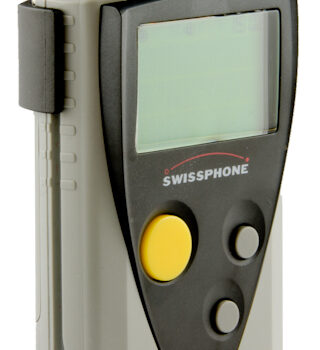
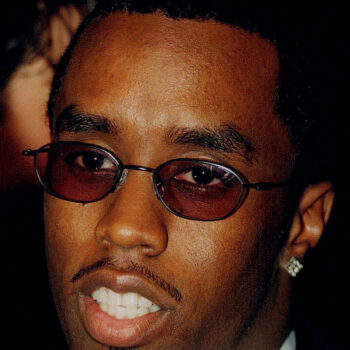

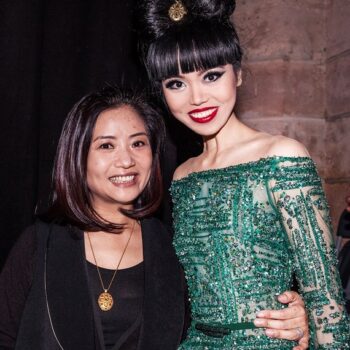

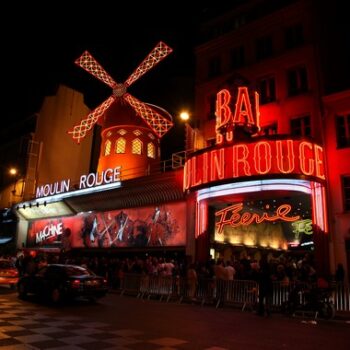
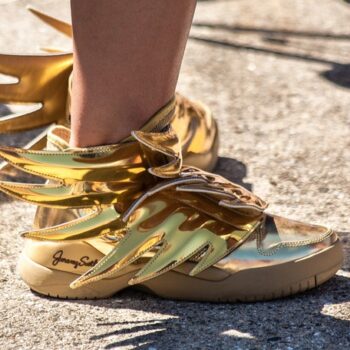
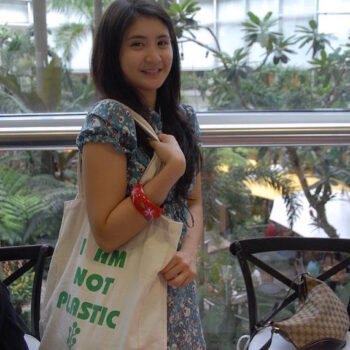
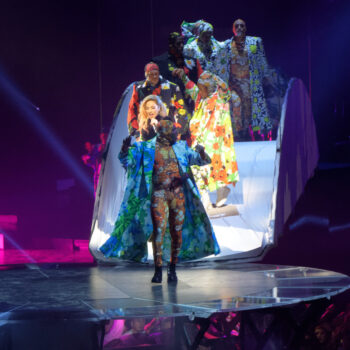
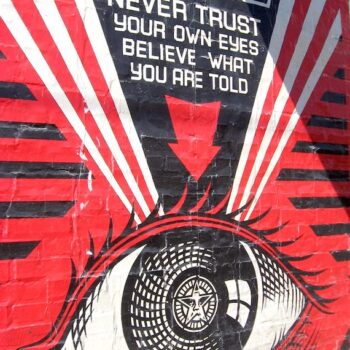
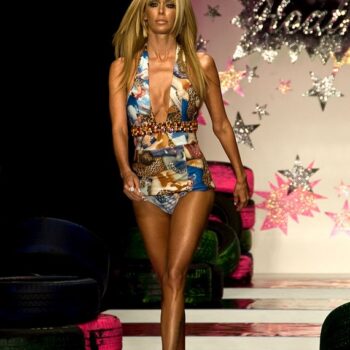
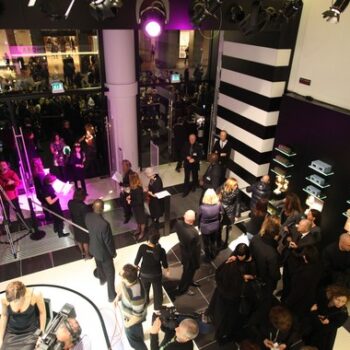
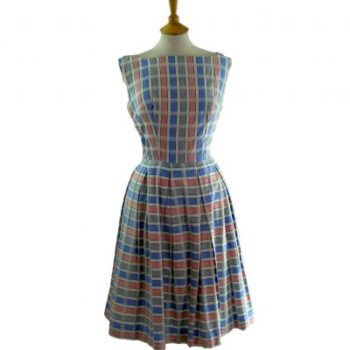
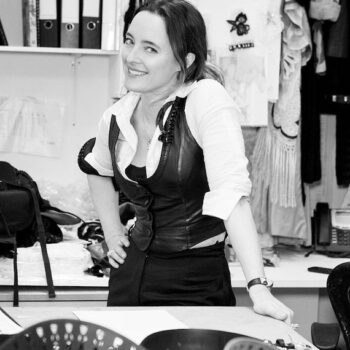
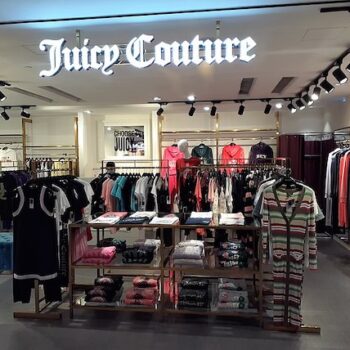
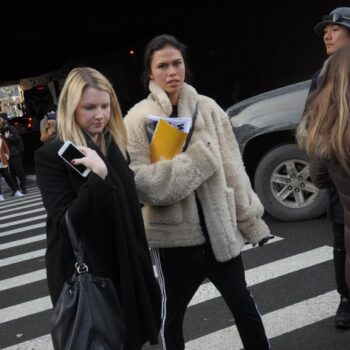
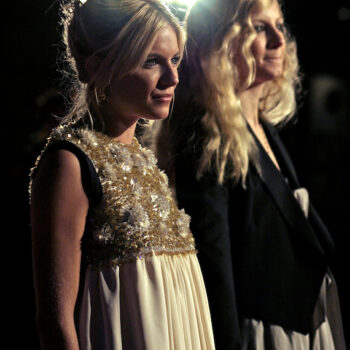
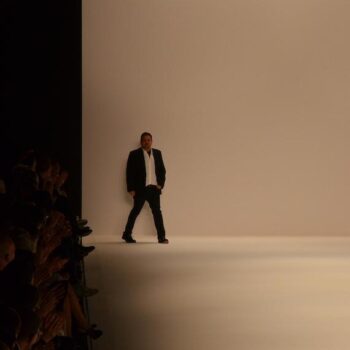

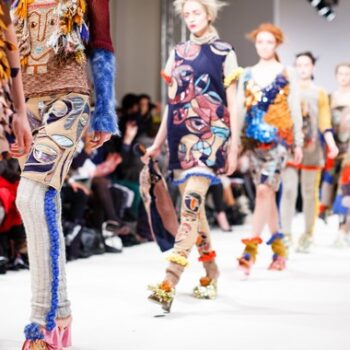
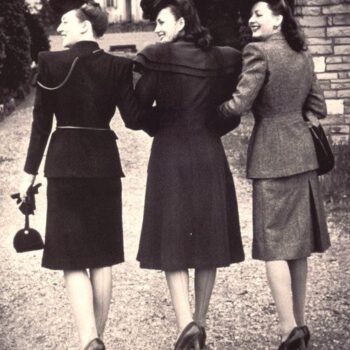
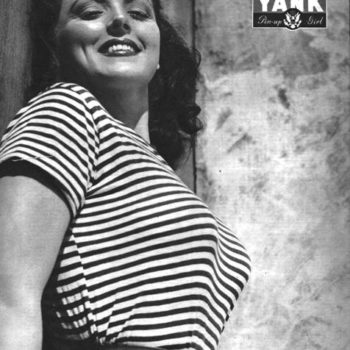
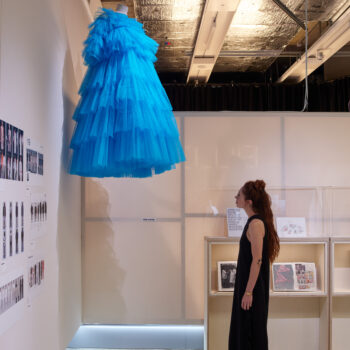
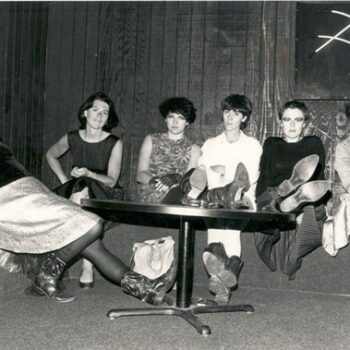
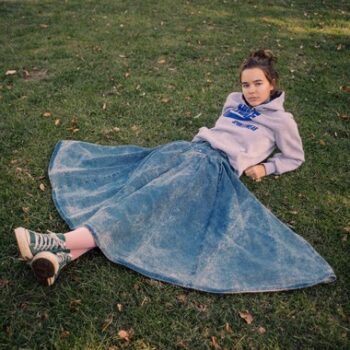

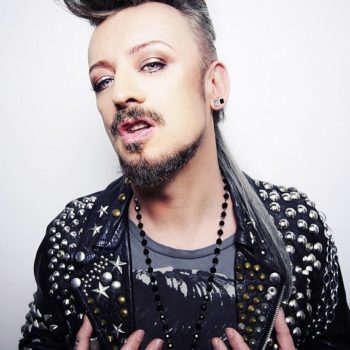
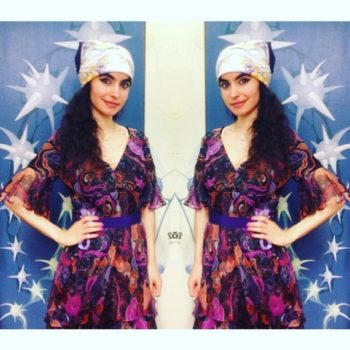
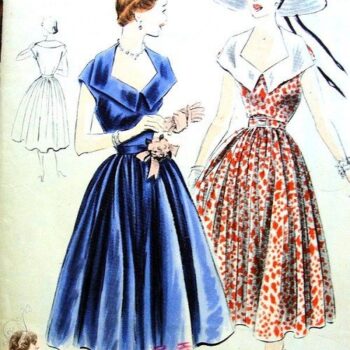
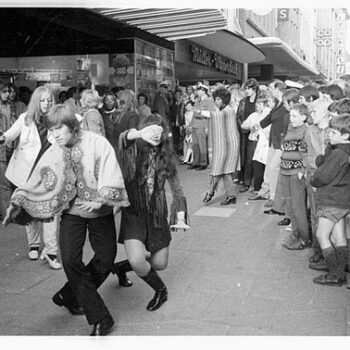
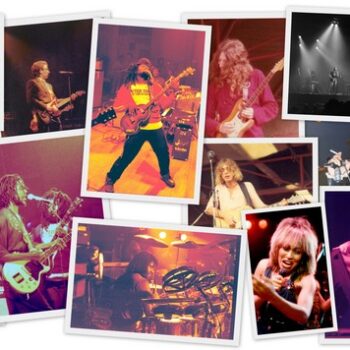
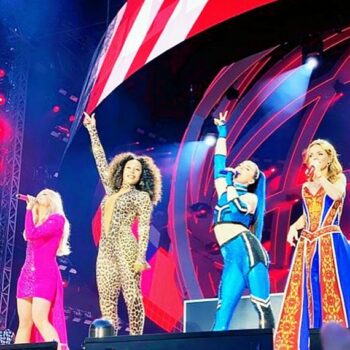
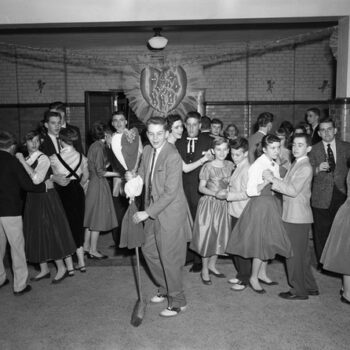
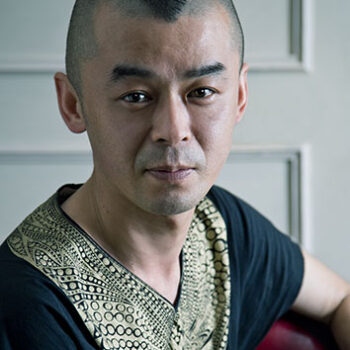
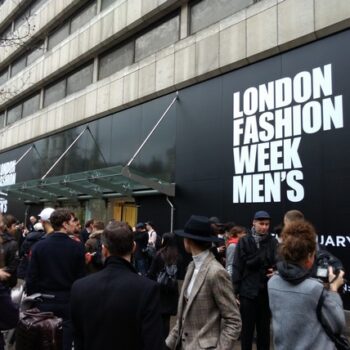

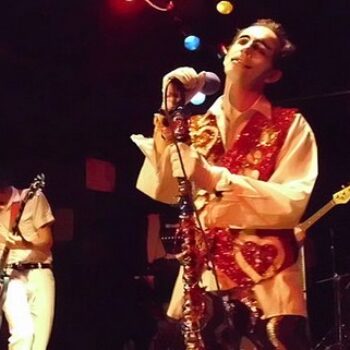
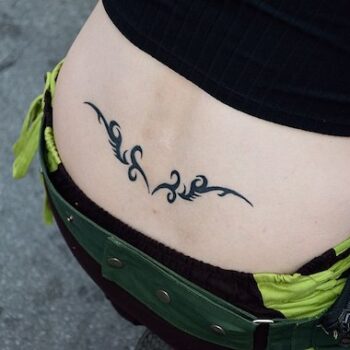
![fashion style icons.Audrey_Hepburn.(https://creativecommons.org/licenses/by-sa/4.0)], via Wikimedia Commons](https://www.blue17.co.uk/wp-content/uploads/2017/04/570px-Audrey_Hepburn_auf_dem_Bürgenstock_09-350x350.jpg)
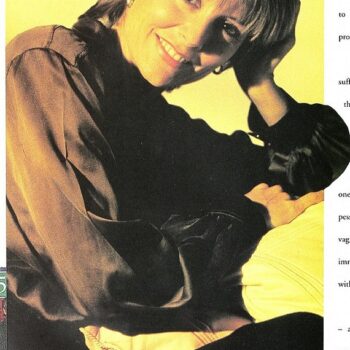
![What was 1980s fashion like, Gruppo_Italian, By Santulchix at the Italian Wikipedia project. [Public domain], via Wikimedia Commons](https://www.blue17.co.uk/wp-content/uploads/2018/04/What-was-1980s-fashion-like-Gruppo_Italian-By-Santulchix-at-the-Italian-Wikipedia-project.-Public-domain-via-Wikimedia-Commonso-350x350.jpg)
